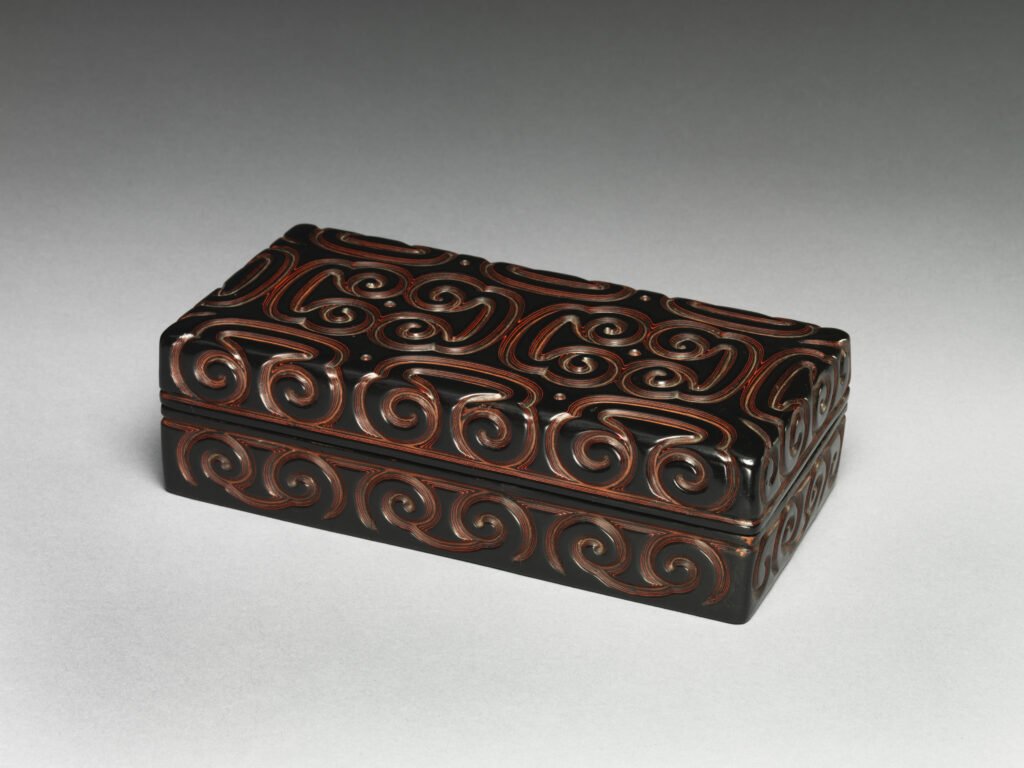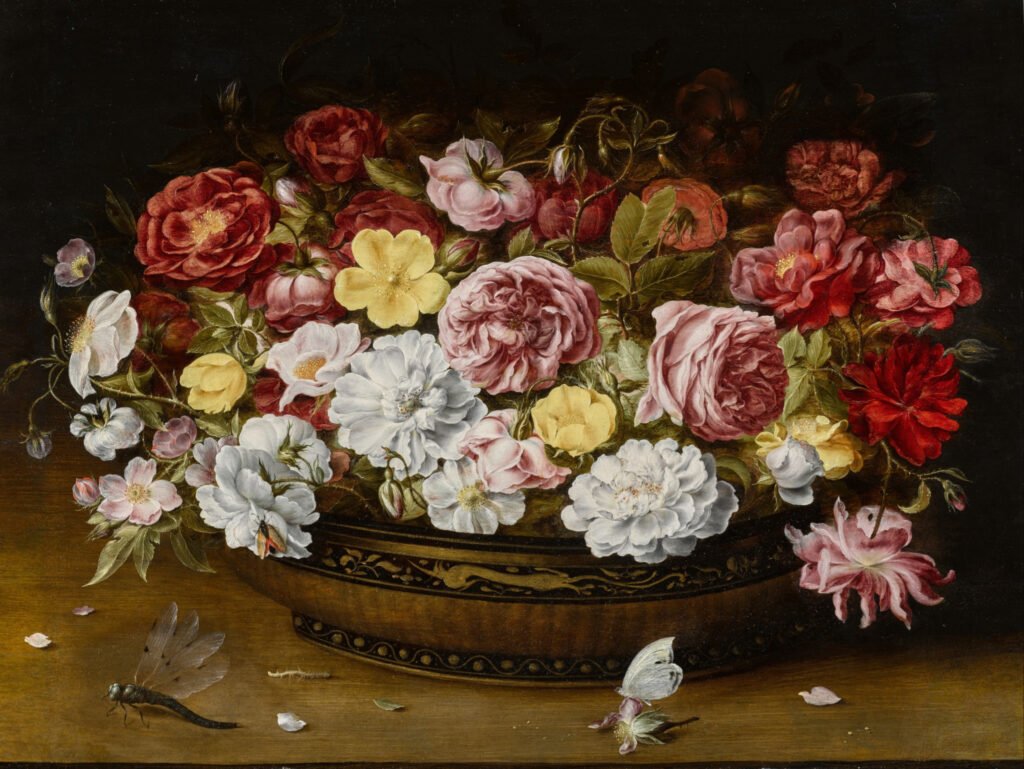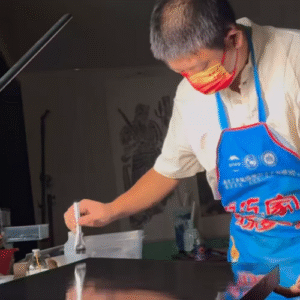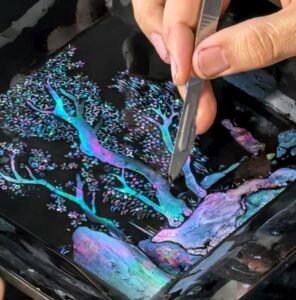Natural Daqi – The Remedy of Time
Natural Daqi also known as Chinese lacquer.
The earliest Chinese lacquerware was discovered in the Neolithic Age, dating back 7,800 to 8,300 years, when archaeologists found traces of lacquer on a piece of wood and a flat wooden stick. Over thousands of years, the art of lacquer has been inherited and refined generation after generation, gradually spreading across the world.
Even after a thousand years, lacquerware becomes ever more smooth and lustrous, radiating brilliance—the passage of time itself turns into its most beautiful gift.
Chinese Lacquer box in the collection of The Metropolitan Museum of Art
Period: 1368–1644
Date: 16th century

From the 7th to 9th centuries, Japanese envoys to the Tang dynasty brought lacquerware from China to Japan. Between the 10th and 14th centuries, lacquerware was exported as a luxury item to Southeast Asia. In the 13th century, the Italian traveler Marco Polo mentioned Chinese lacquerware, and from the 16th century onward, the Portuguese introduced it to Europe via Macau.
European courts, such as those of Portugal and Spain, began collecting lacquerware. In France, Louis XIV displayed Chinese and Japanese lacquer screens and cabinets in the Palace of Versailles. Because many of the original screens were so large, they were dismantled and their lacquer panels were mounted onto furniture (a practice known as marchands-merciers adaptation). As a result, numerous exquisite lacquer screens were taken apart and transformed into Rococo-style “hybrid” furniture.

Still life of roses in an oriental lacquer and canework bowl, on a ledge with a butterfly and dragonfly (1610–1619)
Osias Beert (circa 1580–1623)
Lacquerware became a symbol of status among European courts and aristocracy, standing alongside porcelain and silk. In England, Queen Mary II arranged several “China cabinets” in her palaces, decorating rooms with Chinese lacquer screens. Later, these screens were split and repurposed as wall panels or furniture veneers to fit new tastes in interior decoration.
Later, Oriental-style decoration remained fashionable in Europe, but more often through an imitation technique known as “Japanning.” Since lacquer trees were not available to produce raw lacquer, authentic lacquerware gradually shifted from being an aristocratic luxury to becoming museum treasures, while imitations took its place.

Natural raw lacquer is harvested from lacquer trees as a natural sap. Lacquer trees grow in China, and the sap can be collected when the tree reaches around ten years of age. It mainly consists of urushiol, laccase, gum-like substances, and water.
The saying “a hundred miles, a thousand cuts for one pound of lacquer” reflects the painstaking process of harvesting lacquer. Farmers often have to travel long distances into the mountains.
Using specially designed knives, they carefully make small incisions in the tree bark, with each cut yielding only a few drops of sap. It takes thousands of cuts to collect enough lacquer, and after a tedious process of refining and filtering, only a single pound of usable natural lacquer is obtained.

Lacquerware Making
Guess what conditions are needed for lacquer to dry?
You might think that lower humidity would make it dry faster—but actually, lacquer requires a humid environment to cure. In high humidity, the laccase in the sap activates, allowing the lacquer layer to harden. Once cured, the surface becomes extremely hard, resistant to acids, alkalis, and abrasion, and it can be mixed to produce different colours. Exquisite lacquerware shines with brilliance, as captivating as porcelain or silk.
Typically, the creation of a lacquerware piece involves at least 30 to 40 steps, with the lacquer layers being repeatedly applied and polished a dozen times or more. High-grade lacquerware—such as imperial or artistic pieces—often undergoes over 50 layers of coating and polishing, sometimes even reaching 100, resulting in a thick, delicate, and lustrous surface.

Every piece of lacquerware embodies the essence of time, labour, and the natural world.
For more stories about lacquer and custom lacquerware, follow us on Instagram @bandt_daqi or contact us via email.
